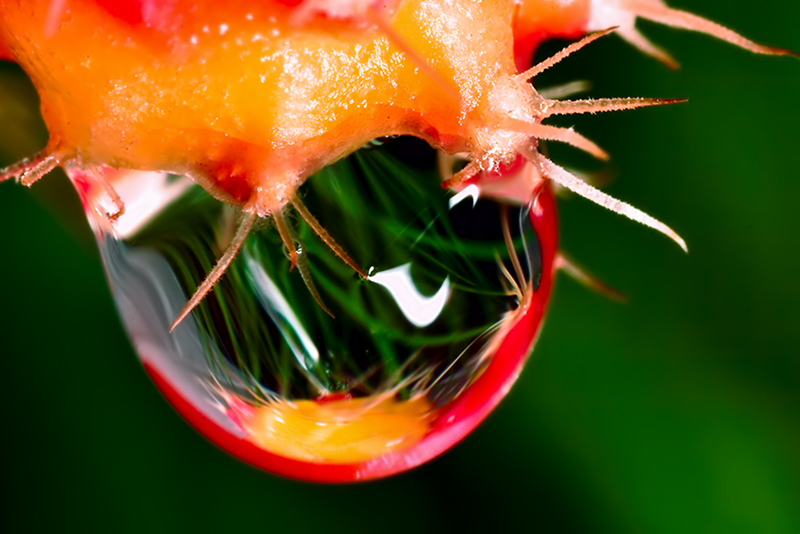- Joined
- Sep 20, 2013
- Messages
- 20,284
- Points
- 113
Oh, that makes sense. I was sure you were just using a phone camera. Must have been thinking of a different member here.

Follow along with the video below to see how to install our site as a web app on your home screen.
Note: This feature may not be available in some browsers.



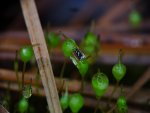
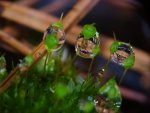
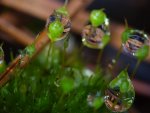
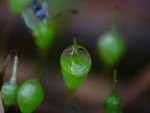


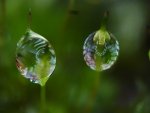
Very nice Nutball, well done.I just might quit, I don't think I can top these
It's an other world down there...
...
God put the subject matter there
...and a huge part of what makes it looks so good, now I'm realizing, are the evenly spaced ring LEDs.
That's why people doing serious macro photography use a technique called focus stacking.One would think the tech exists to have a camera take several pics over a range of focus, then process it into one pic showing the whole range at once.
Exactly Paul. :beer:It's not a technology problem. It's a physics problem. You cant resolve light to any depth, or to any size. You are limited by the wavelength of the visible spectrum. That is why there are electron microscopes. You can resolve those frequencies down to small fractions of a micron.
